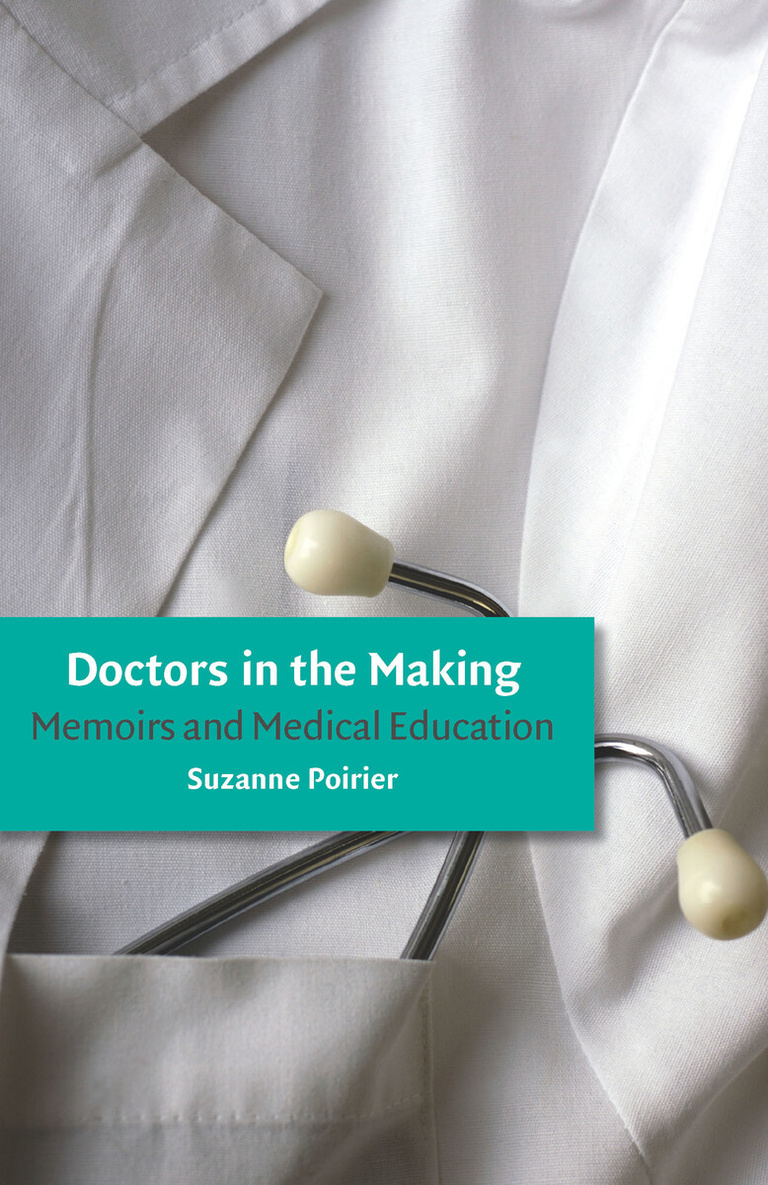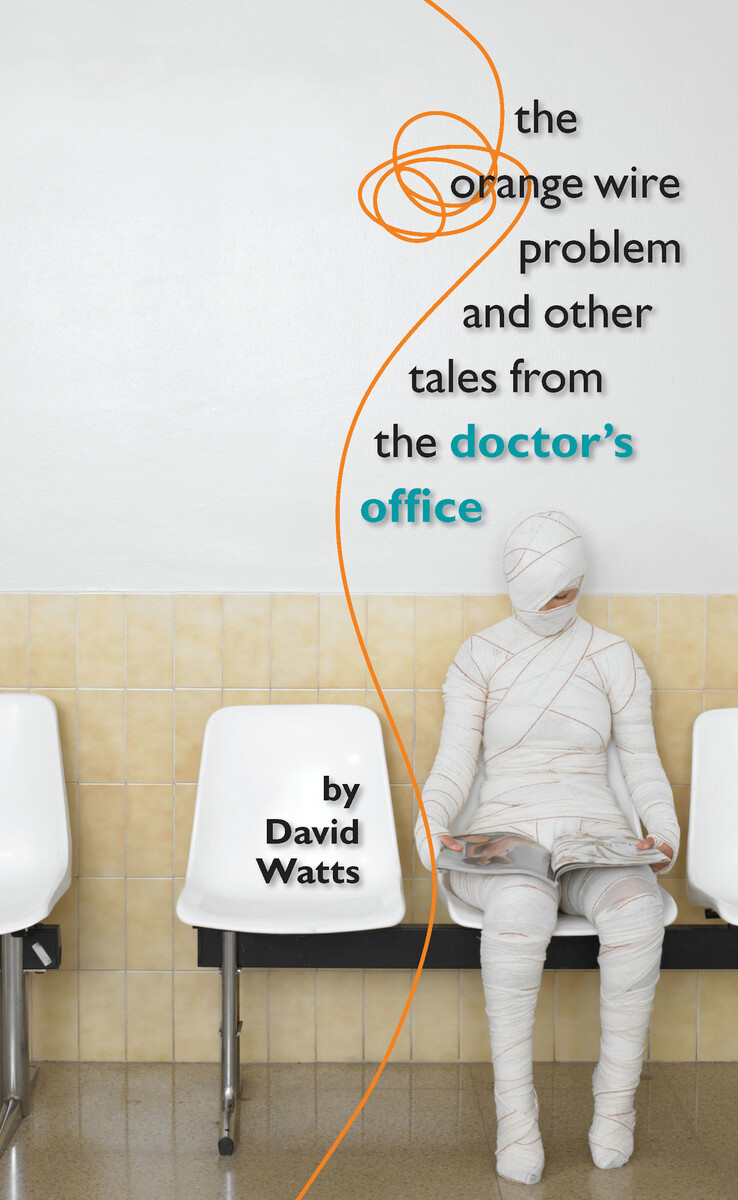From the fictional portrayal of Dr. Gregory House to Jerome Groopman's bestseller How Doctors Think, both medical professionals and the general public recognize that there is more to the doctor's job than technical practice. Yet why do so many patients come away from their doctors' offices feeling dissatisfied with their interactions? In this welcome addition to the growing field of narrative medicine, physician Loreen Herwaldt uses the illness narratives of two dozen writer-patients to teach listening skills to medical students, residents, physicians, and other health care providers.
Herwaldt skillfully pares each narrative down to its most basic elements, rendering them into powerful found poems that she has used successfully in her role as a teacher and in her own practice. Drawing from narratives by writers who are both emerging and well known, including Oliver Sacks, Richard Selzer, and Mary Swander, each poem reveals the experience of illness and treatment from the patient's perspective. Patient Listening includes a detailed general introduction and a how-to guide that will prove invaluable in the classroom and in clinical practice.
This book will inspire thoughtfulness in everyone who reads it. It is also designed to foster discussions about all aspects of the patient experience from ethics to stigmatization to health insurance. Patient Listening is not just about bedside manner but also about how health care providers can gain the most from their interactions with patients and in turn offer more appropriate treatments, develop more cooperative and responsive relationships with their patients, and thus become better doctors.
"The poems in Loreen Herwaldt's book will provide solace to patients and valuable insights to the doctors who treat them."—Sandeep Jauhar, author, Intern: A Doctor's Initiation
"As a medical educator responsible for a required course on medicine and behavior for second-year students, and as a faculty member who teaches in the first- and third-year 'doctoring' course, I would be thrilled to draw on this collection to help my students gain a deeper understanding of the patient experience and develop an ear for hearing the story in patient histories."—David J. Steele, dean, medical education, Florida State University College of Medicine
Acknowledgments
Introduction
How to Use This Book
Nancy Mairs
My Story
Classic Example
Teaching Hospital
Signing On
Teresa Richards
Hip Replacements
Choosing a Doctor
Richard Selzer
Night Train
Squatters
Tulip Phobia
Mary Swander
Open Reduction
Alternative Route
Faye Moskowitz
Checkup
Telephone Manner
Arthur Frank
15-Second Connection
Drunk Driving
Manners
This Pseudo Think
Marva Dawn
Postdoctoral Training
He Wouldn't Let It Go
Trust Me I'm a Patient
It Would Help Me If . . .
The Best Medicine
The Color Red
Richard Solly
Assumptions
Taking Chances
Tinkering
Learning to Look
Laura Evans
The Wrong Chart
Living for Mail
Plastic Hugs
Jane Smiley
Whose Illness Is It Anyway?
Michael Gearin-Tosh
Physician-Assisted Suicide
Evidence-Based Medicine!
Cancer Doctors
Emily Douglas
Intuitive Trust
Making a List
The Whole Truth
Hard to Hear
Steve Kuusisto
Eye Doctors I Have Known
Disability Disconnect
Christina Middlebrook
Look at Me
Life Can't Be Fixed
Witness
The Right Lingo
You Can't Do Everything
A Real Person
The Other Side
Shoulder Hugs
Oliver Sacks
Alienation
Hysteria
Uneventful Recovery
A Feeling for the Organism
Richard McCann
Stamped
My Primary Care Physician
Why Patients Can't Talk to Doctors
Maneuvering
My Body, My Story
Andie Dominick
What This Patient Wants
Sekou Sundiata
Educated Decision
What's Shakin?
Seeing Patients
Asking Questions
Good Idea
Breaking the Ice
Speaking Their Language
Talking about a Feeling
Different Narratives
Natalie Kusz
Nostalgia
Fitzhugh Mullan
Taking Responsibility
In It Together
Being A Great Case
Try to Remember
John Hull
Objective Detachment
It Finally Registered
Under Local
Tracy Thompson
Raving
The Difference
Problem Patient
Assembly Line
Nut Case
Dating Service
Border Crossing
Tom Sleigh
Nightmare
The Good, the Bad, and the Clueless
Special Case
Different Languages
Somebody Like Me
Louise DeSalvo
Self-Prescribing
A Story to Tell
Biographical Notes
Bibliography
Author and Title Index
Subject Index
Jane Smiley
Whose Illness Is It Anyway?
First, let me say that
healing is kind of organic and
fixing is kind of mechanical.
The surgeon was of the fixing mode.
That was just fine
for this particular issue.
My orthopedist
had a kind of breezy, arrogant manner, and
he was young,
probably only about 35.
He was always telling me what a great
job he did
putting my leg together,
you know, and having me acknowledge
that he was a great surgeon.
I didn't want to focus on what a great job
he did or
the extent of the injury or whatever.
I thought he was into the surgery
as his personal experience (laughing)
rather than mine.
And I just thought that was
sort of inappropriate.
I think there is always a disparity between
how the patient feels and
the way the doctor feels
about something that is going on.


